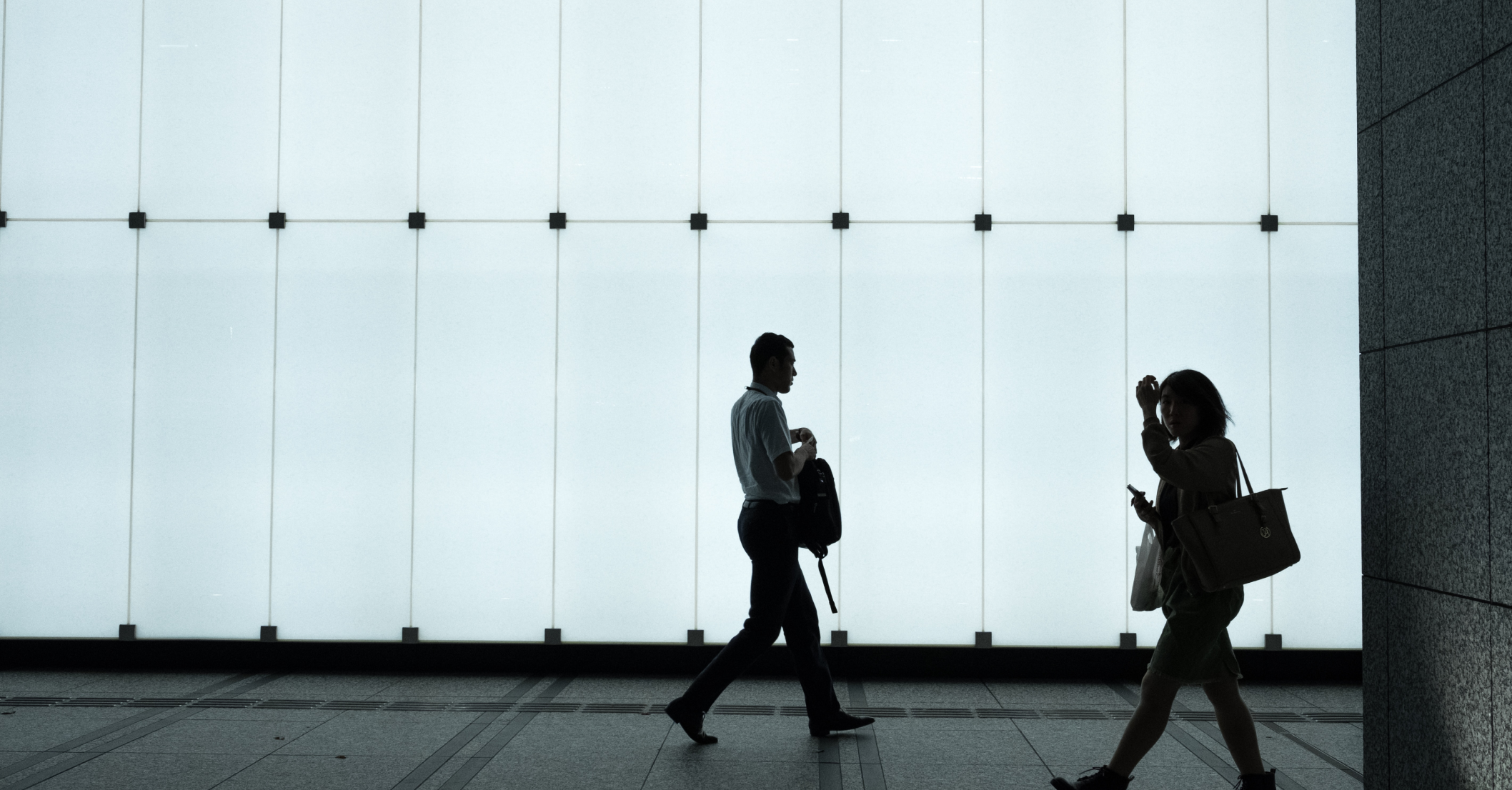Navigating the Future of Frictionless Biometric Travel Experiences with SITA
In the dynamic landscape of global travel, passports have evolved from simple paper documents to sophisticated technological feats, using varying advanced features to enhance security. However, the next frontier in this evolution for companies like SITA is spearheading the integration of biometric travel experiences, particularly using facial recognition, to redefine the passenger experience, and remove the need of passports altogether.
The Current Landscape: Challenges and Opportunities
As the aviation industry continues to rebound from the impacts of global disruptions, passenger expectations have shifted.
Modern travelers seek a seamless journey from check-in to arrival, demanding efficiency without compromising on security. At the same time, air traveler volumes are projected to double over the next two decades, creating new challenges for security operators. These global shifts are creating a key opportunity for biometric technologies, as they are at a unique position to offer a solution to the challenges faced by both airports and passengers alike.
SITA, with the help of partner companies like Paravision, is actively shaping a future – recently featured by BBC’s The Secret Genius of Modern Life series – where facial recognition replaces physical passports, streamlining the journey and improving the experience for millions of travelers.
Borders of the Future: No Desks, No Queues
The cornerstone of this transformative journey lies in the integration of facial recognition technology. SITA envisions a future where a traveler’s face becomes their passport, eliminating the need for physical documents. This digital representation is created by scanning the chip on the traditional passport, offering a seamless and secure travel experience.
The border of the future, envisioned by SITA – working with Paravision and other partners – includes a corridor equipped with advanced cameras and artificial intelligence algorithms. As travelers walk through, facial biometrics are captured, and the system builds a list of features in real time. This approach eliminates traditional border controls, creating a corridor without desks, fumbling for passports, or enduring queues. The technology is capable of simultaneously identifying hundreds of faces within a fraction of a second. The implications are profound – a corridor that prioritizes both efficiency and security.
Balancing Efficiency & Inclusivity
Acknowledging concerns about the inclusivity of facial recognition technology, it’s crucial to highlight the improvements in the technology accuracy over the past decade. Historically, algorithms tended to work better on individuals with lighter skin tones, potentially leading to bias. However, dramatic improvements in accuracy and benchmarking from independent organizations like NIST and DHS S&T now verify leading algorithms, ensuring a clear understanding of which algorithms (such as Paravision) deliver a low misidentification rate and set the stage for more inclusive solutions.
The potential impact of facial recognition on airport efficiency is staggering. A digital travel lane, only one meter wide, could process approximately 1800 passengers per hour – a sixfold improvement over conventional e-gates. The promise is a travel experience that is not only secure but significantly faster, reducing wait times and enhancing overall satisfaction.
Benefits for Multiple Stakeholders
Digital Travel will deliver major efficiency benefits for passengers, airlines, airports, and governments. These efficiencies will not only make travel seamless but will also relieve pressures on infrastructure and resources as international travel grows, while bringing the economic benefits of travel and tourism.
Benefits of Digital Travel will include:
- Faster passenger processing and vastly improved passenger experiences
- Optimal use of resources, reduced costs and increased capacity and scalability
- Stronger security enabled by higher identity assurance
- New revenue streams for the travel industry and economic benefits from increased travel and tourism
- Rapid responses to changes in operational processes brought about by regulatory changes, emerging health or security concerns, or commercial needs
Conclusion
As SITA continues to lead the biometric revolution, the future of travel unfolds with exciting possibilities. The integration of facial recognition technology signifies a paradigm shift toward seamless, secure, and inclusive journeys.
While passports have been a symbol of travel, the biometric era promises a future where technology enhances both security and the traveler’s experience, paving the way for a new era in global mobility.
